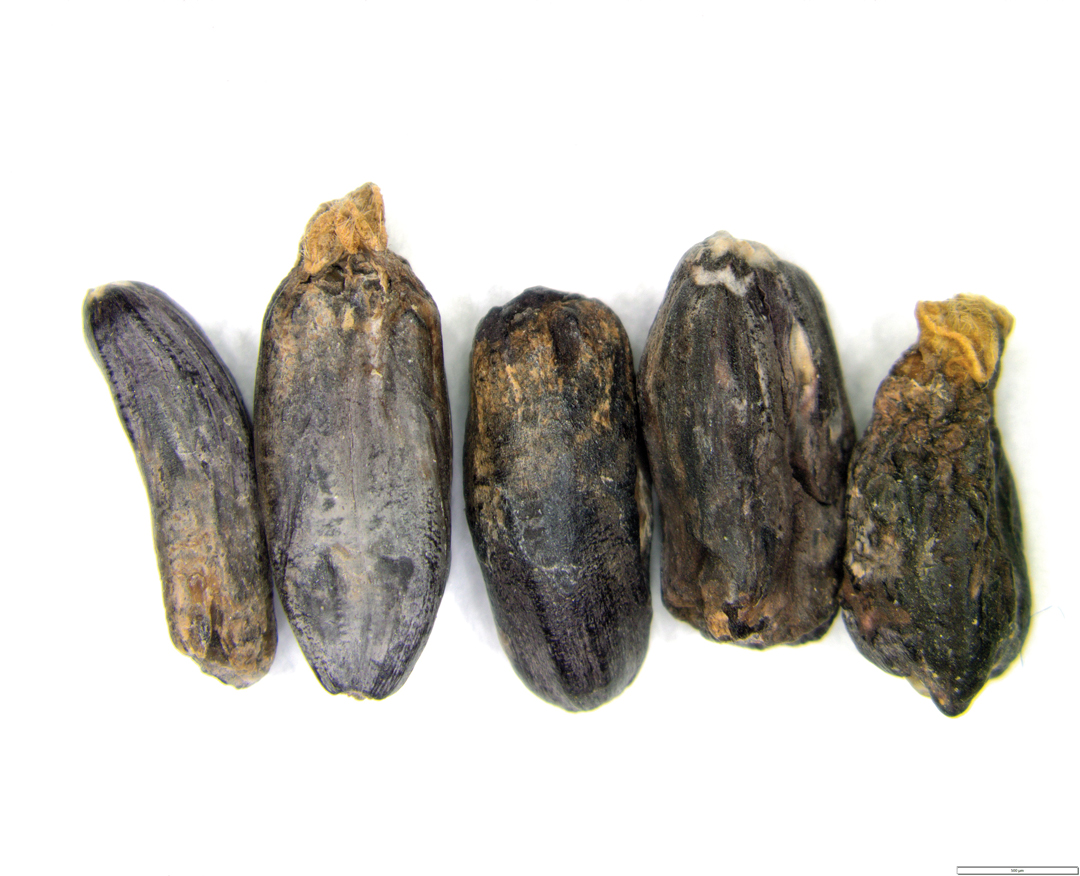Wheat’s “Game Changers”
HOMEGROWN VARIETIES A TRUE ALBERTA ADVANTAGE
After a dozen years of research, University of Alberta wheat breeder Dean Spaner, PhD, has scored two major wins for prairie wheat producers. For now, they are known as BW947 and PT765, two newly registered Canadian Western Red Spring (CWRS) wheat cultivars notable for their combination of high-yield, early-maturation, good protein and improved disease tolerance. When they become available to commercial producers two to three years from now,
these two cultivars may become known as something else entirely.
“Game changers,” said Brian Beres, chair of the Prairie Grain Development Committee responsible for testing, evaluating and recommending wheat, rye and triticale candidate cultivars for registration. “I think that’s what they’ll be known as. If you’re talking CWRS, there are probably less than a handful of varieties you can successfully grow in Alberta’s parkland, and none of them available to date are so all-inclusive.”
“Your chance of finding a successful cross is low: maybe one in 1,000 or one in 10,000.”– Dean Spaner
The challenge for wheat breeders is the inverse relationship between maturity and yield. Typically, the higher the yield, the more growing degree days a variety requires to reach maturity, explained Beres. As such, varieties bred to successfully grow in Alberta’s cooler, shorter-season parkland have, until now, been characterized by lower yields.
“That problem has been a tough nut to crack,” said Beres. “But what Spaner has provided are two early-maturing varieties that have maintained both yield and protein levels. You can’t overstate the value and importance of that, especially since there are more arable acres in the Peace River region than in all of Manitoba.”
In addition to the maturation and yield benefits, Spaner’s varieties also offer above-average disease tolerance to the most serious disease issues affecting the parkland region. Both BW947
and PT765 have good resistance to stripe rust, and PT765 offers improved tolerance for fusarium head blight.
“Getting the yield and early-maturity benefits is one thing. But if a breeder really wants to complicate the research, they’ll try to package in disease resistance, too. Spaner was able to pull all of those attributes together, which is a real shot in the arm for Alberta producers,” said Beres.
Both BW947 and PT765 were originally crossed in 2005 from parents selected from trials grown in 2003, and then field-tested in 52 environments between 2007 and 2012. The chance of either achieving this was amazingly low. In fact, these two are the first U of A-developed varieties of CWRS approved for release since 1998, and are among the five varieties successfully released by the university since its breeding program began in 1915.
“Every year we make about 100 crosses that you start yield-testing six generations later. It’s a rather time-consuming process,” explained Spaner. “It’s about stacking the odds and following a scientific method of advancement. But ultimately, you are playing a numbers game. Your chance of finding a successful cross is low: maybe one in 1,000 or one in 10,000.”
Spaner is hopeful for another breeding success is in the near future, and continues to work on developing new varieties of CWRS, Canadian Prairie Spring Wheat and general-purpose wheat. He was quick to point out his success was only possible due to the support of the agriculture industry.
“The development of wheat varieties, especially at a university, involves long-term funding commitment. I am very grateful to the Alberta Crop Industry Development Fund and the Western Grains Research Foundation funded by the check-off supported by all wheat growers. And the program looks forward to long-term collaboration with the Alberta Wheat Commission.”
Both varieties have passed registration and are now well en route to commercialization. Canterra has purchased plant breeder’s rights to BW947 and is currently building up the seed bank by growing a one-hectare plot of the variety. PT765 was grown by four Alberta seed growers in 2013, and Spaner is currently working with them to commercialize the variety.






Comments